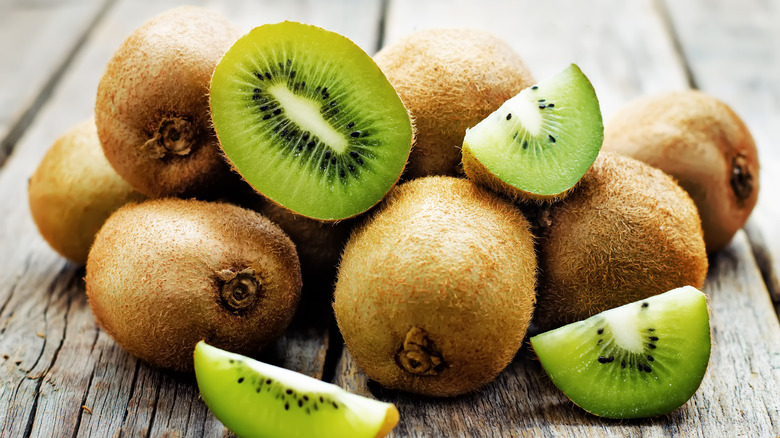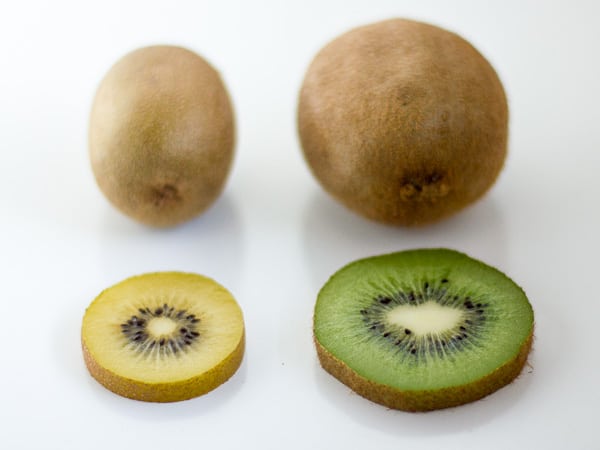A Deep Study Kiwi Farming: Introducing the Strategies, Obstacles, and Possible for Lasting Farming
Are you curious about the keys behind effective kiwi growing? Look no more! In this post, we will certainly take you on a deep dive right into the strategies, difficulties, and possibility for lasting farming on the planet of kiwis. Discover the ideal growing conditions, advanced cultivation strategies, and the lasting techniques that can open the full potential of kiwi farming. Prepare to uncover the covert knowledge that will revolutionize your kiwi growing ventures.
Optimum Growing Problems for Kiwi Plant Kingdoms

Cutting-Edge Farming Methods
To optimize kiwi growing, utilize advanced strategies that boost efficiency and sustainability. One such technique is accuracy agriculture, which utilizes innovative innovations like drones, GPS, and remote sensing to check and handle crops extra effectively. Drones geared up with multispectral electronic cameras can catch high-resolution pictures of kiwi plants, enabling farmers to assess their wellness and discover any indications of disease or anxiety. GPS modern technology permits precise mapping and tracking of the kiwi creeping plants, enhancing watering and fertilization techniques to ensure that each plant obtains the required nutrients and water. An additional advanced technique is upright farming, which involves growing kiwi plants in piled layers using man-made illumination and climate-controlled settings. This technique makes best use of land usage performance and minimizes water consumption, making it ideal for metropolitan areas or areas with limited cultivable land. In addition, hydroponics and aeroponics systems are obtaining appeal in kiwi growing. These soilless growing approaches provide plants with a nutrient-rich service or mist, respectively, advertising faster growth and higher yields. By accepting these advanced strategies, kiwi farmers can achieve greater efficiency, enhance source application, and add to sustainable farming practices.
Challenges Faced by Kiwi Farmers
Dealing with various obstacles, kiwi farmers must navigate through numerous challenges to guarantee successful growing and lasting farming techniques. Kiwi plants need a particular environment to grow, with cool winters and warm summertimes.
One more substantial obstacle for kiwi farmers is diseases and insects. Kiwi vines are prone to a variety of bugs, consisting of termites, aphids, and thrips, which can harm the leaves and fruit.
In addition, kiwi farmers face labor and labor expense concerns. Kiwi farming calls for labor-intensive activities, such as harvesting, trellising, and pruning. Nonetheless, finding experienced laborers who are well-informed regarding kiwi farming techniques can be tough. Labor expenses can be high, especially throughout peak periods. Farmers need to purchase training programs, automation, and efficient labor management strategies to maximize efficiency and decrease labor expenses.
Sustainable Farming Practices for Kiwi Cultivation

To make sure lasting kiwi cultivation, you can execute a series of techniques that promote environmental stewardship and long-lasting stability of see it here your farm. One crucial practice is using organic plant foods and pest administration methods. By staying clear of synthetic chemicals and rather deciding for all-natural options, you can decrease the negative influence on dirt health and biodiversity. Furthermore, it is important to exercise liable water monitoring. Kiwi plants need a substantial amount of water, yet too much watering can result in water waste and dirt disintegration. Applying effective watering systems, such as drip irrigation or accuracy lawn sprinklers, can aid conserve water and optimize its usage. One more lasting farming practice is using cover plants. These plants not only help protect against dirt erosion yet additionally boost soil fertility by adding organic matter and taking care of nitrogen. Furthermore, executing incorporated bug monitoring techniques can considerably decrease the requirement for chemical pesticides. By encouraging natural killers, making use of pheromone catches, and practicing crop turning, you can successfully manage pests while lessening ecological damage. Adopting sustainable power practices, such as making use of solar power or investing in energy-efficient innovations, can decrease your farm's carbon footprint and add to an extra sustainable kiwi growing system.
Unlocking the Prospective of Kiwi Farming
By implementing sustainable farming techniques, you can unlock the complete capacity of kiwi farming while reducing ecological effect. Kiwi farming has tremendous potential for growth and earnings, yet it additionally features its own collection of challenges. To fully open this potential, it is critical to this website embrace sustainable techniques that not just make best use of return and high quality yet also guarantee long-lasting feasibility.
One key aspect of unlocking the capacity of kiwi farming is optimizing irrigation practices - what do kiwis taste like. Kiwi plants need a specific amount of water to grow, and by using effective irrigation systems such as drip watering or precision lawn sprinklers, you can minimize water wastage and reduce the risk of waterlogging or dirt erosion
An additional crucial element is dirt wellness administration. Productive and healthy dirt is necessary for the growth and growth of kiwi plants. By carrying out practices such as cover chopping, crop turning, and organic fertilization, you can enhance soil framework, enhance vitamins and mineral accessibility, and minimize the demand for chemical inputs.
Additionally, incorporated insect monitoring helpful hints (IPM) methods are crucial in opening the potential of kiwi farming. By embracing IPM strategies such as organic pest control, scent traps, and plant monitoring, you can properly manage insects and illness while lessening using chemical pesticides.
Final Thought
In final thought, kiwi farming holds great potential for sustainable farming techniques. With optimum growing conditions and a focus on sustainable methods, kiwi farming can prosper while decreasing environmental impact.
Discover the ideal growing conditions, innovative farming strategies, and the sustainable practices that can unlock the full potential of kiwi farming. By embracing these advanced techniques, kiwi farmers can accomplish higher efficiency, enhance source use, and add to sustainable farming methods.
Facing many challenges, kiwi farmers should navigate via various obstacles to make sure successful growing and sustainable farming techniques.By carrying out lasting farming practices, you can unlock the full possibility of kiwi farming while lessening environmental impact.In final thought, kiwi farming holds terrific potential for lasting farming methods.